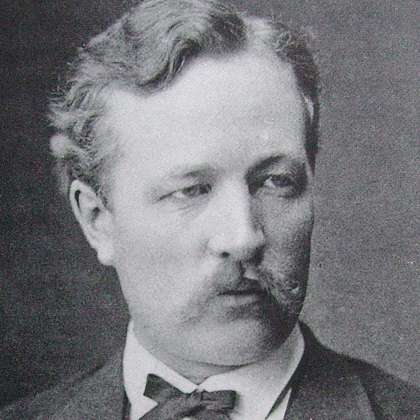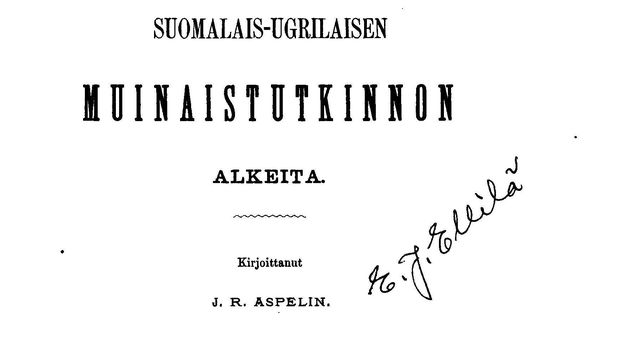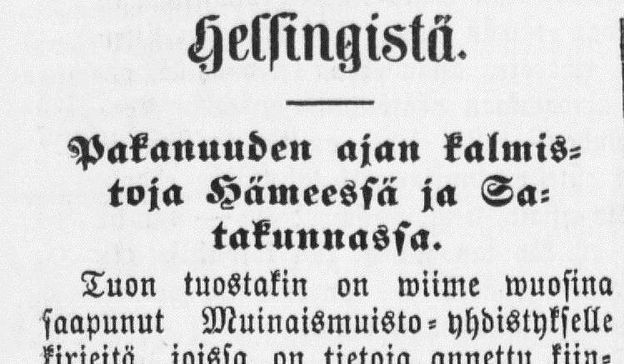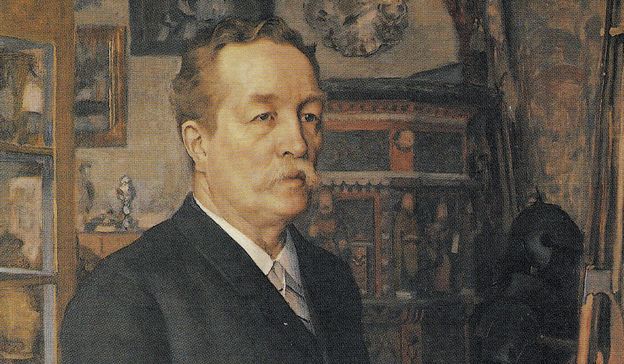Johan Reinhold Aspelin
Born August 1, 1842, Messukylä. Died May 29, 1915, Helsinki
Bachelor of Arts 1866, Master of Arts 1869, Licentiate 1876 and PhD 1877, Imperial Alexander University
State Archaeologist 1885–1915
Professor extraordinary of Scandinavian archaeology 1878–85, Imperial Alexander University
Genealogist 1878–83, the House of Nobility
Amanuensis of the Museum of History and Ethnography, Imperial Alexander University
Amanuensis 1966–78, State Archives
Board member of the Association of Finnish Tourists 1887–92 and chairman 1892–1907
Inspector (supervisor) of the Pohjalainen student nation 1884–85
Secretary of the Finnish Antiquarian Society 1871, 1874–85 and president 1885–1915
Awards and honours
Honorary PhD, University of Budapest
Honorary membership: Wanemuine Lauluselts 1870, Society of Antiquaries (London) 1885, Learned Estonian Society 1888, Imperial Archaeological Society, St Petersburg 1896
Member of the French Academy 1879
Photo: Wikimedia Commons
Written by Tomas Sjöblom
Translated by Matthew Billington





